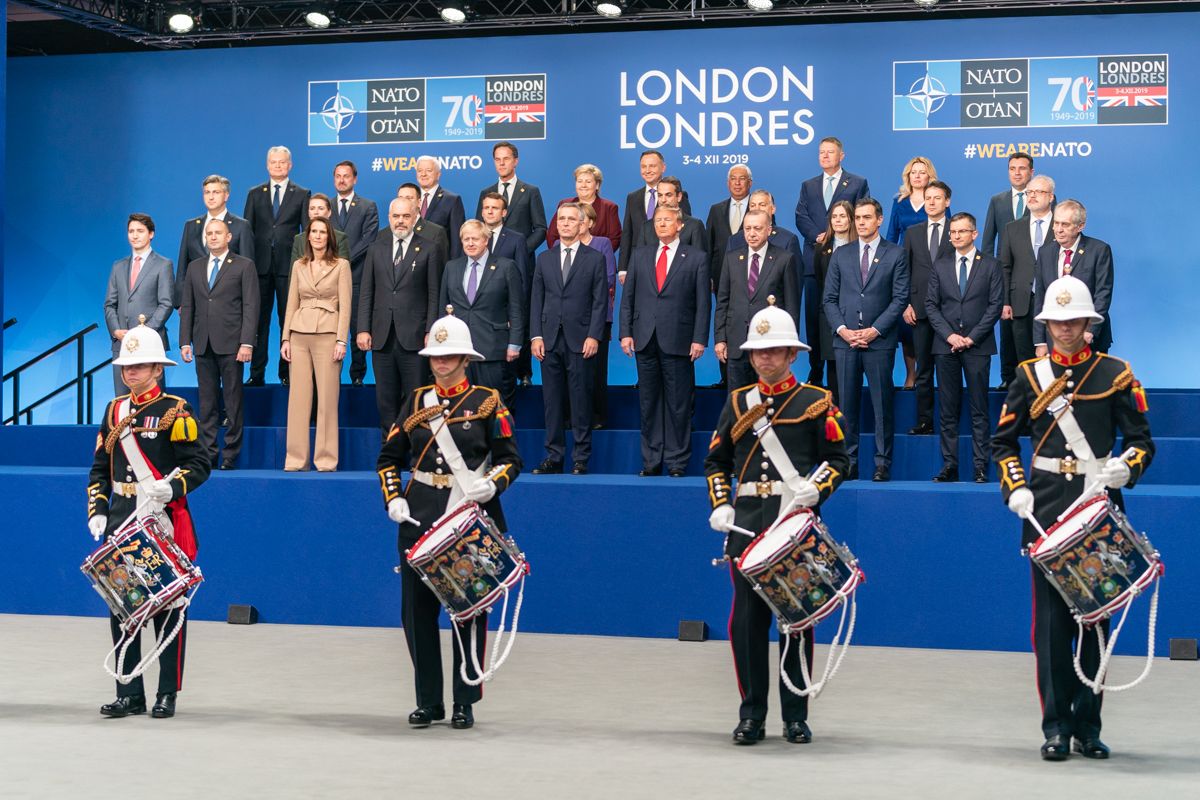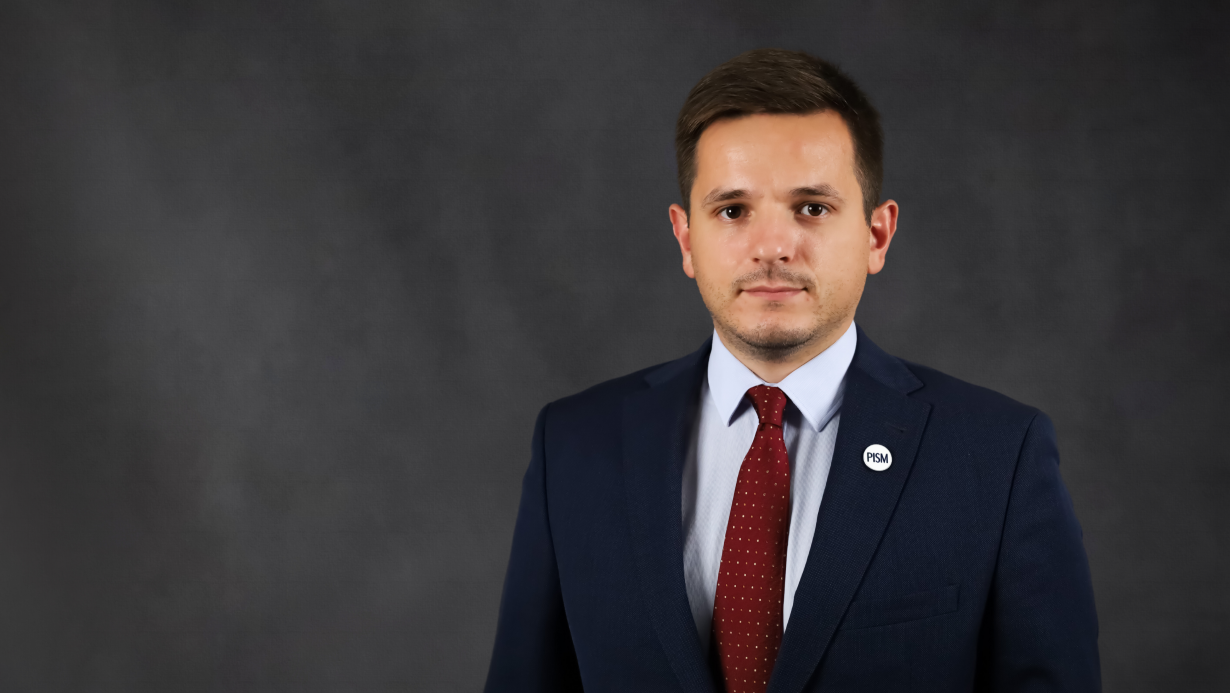NATO Leaders Meeting in London

What were the main outcomes of the meeting?
The declaration reaffirmed NATO policy towards Russia based on deterrence and dialogue. For the first time, NATO leaders discussed the rise of China. They agreed that this issue requires a joint approach within the Alliance as it creates opportunities as well as challenges to NATO members. The Alliance also announced progress on the implementation of the “Four 30s” initiative. The Allies committed combat units—30 land battalions, 30 air squadrons, and 30 warships—which are to be maintained in a state of readiness for use within 30 days. Space was recognized as a NATO operational domain. NATO members also discussed the security implications of new technology, decided to enhance their response to hybrid threats, and adopted a new plan to fight terrorism. Moreover, the leaders agreed to initiate a “reflection process” on strengthening political consultations within the Alliance.
Why did President Trump change his rhetoric towards NATO?
Despite concerns of possible actions by U.S. President Donald Trump, he spoke of NATO much more favourably than before. This followed from changes that took place in NATO in line with Trump’s preferences, as well as his desire to demonstrate his effectiveness in foreign policy ahead of the 2020 presidential elections. Trump took credit for the increases in NATO defence spending (compared to the level from 2016, NATO expects that expenditures in Europe and Canada will rise by altogether $130 billion by 2020 and by $400 billion by 2024), and its adaptation to terrorist threats and challenges posed by China. Nonetheless, Trump warned that he will further press members not spending at least 2% of GDP on defence. His ambiguous remarks on U.S. willingness to defend these countries comprise an element of this pressure.
Why did the remarks of the French president cause tensions within NATO?
Weeks before the meeting, the centre stage was taken by French President Emmanuel Macron, who spoke of NATO being “brain dead”, the decreasing credibility of the U.S., and the need for greater European political and military autonomy. From the U.S. perspective, this approach to European defence cooperation is unacceptable because it diminishes NATO’s role and limits the access of U.S. companies to the European defence market. Macron’s ideas were also criticised by Germany and the NATO Eastern Flank countries, which further disapproved of him downplaying the threat from Russia. In London, Macron partially softened his rhetoric and spoke vaguely about the creation of a European pillar within NATO. Nonetheless, strategic autonomy, the intensification of contacts with Russia, and greater support by the Allies on the Southern Flank remain France’s main goals.
What was the controversy regarding Turkey?
Turkey threatened to block an update of NATO defence plans for Poland and the Baltic states, demanding that NATO recognize the Kurdish YPG militia as terrorists. It was precisely the Turkish intervention in northern Syria against the YPG, who many NATO countries regard as allies in the fight against ISIS, and the withdrawal of U.S. troops from that area that Macron cited as examples of a lack of political coordination within NATO. Turkey eventually lifted its threat of a veto of the defence plans but that will not exclude further attempts to force the Alliance to address Turkish security interests to a greater extent. Deepening divides in NATO over Turkey is also possible because of the country’s rapprochement with Russia.
What do the decisions and course of the meeting mean for Poland?
Although NATO managed to adopt a document satisfying all member states, reconciling their interests through practical actions remains a serious challenge. The adequate enhancement of deterrence of Russia and maintaining U.S. engagement in Europe will depend greatly on a further increase in defence spending and the direction of the debate on European defence cooperation. Sustaining NATO political cohesion might also be conditioned on a more proactive policy towards Russia, for example, on arms control. Turkey’s actions illustrate that even differences within NATO that do not directly concern Poland may still affect Polish security. Policy towards China is becoming one of the main issues in transatlantic relations. All these matters will be undertaken by a London-announced reflection group, in which Poland should actively promote its perspective on the future of the Alliance.


